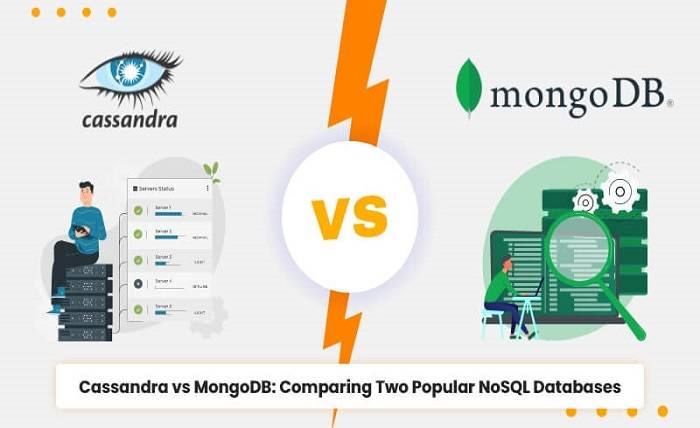Apache Cassandra Vs MongoDB

If you’re interested in scaling your database, you may want to look into Apache Cassandra. This distributed database is designed to scale from small databases to massive ones. The Cassandra project was founded in 2008 and is an Apache Incubator project. Many notable companies use Cassandra, including Netflix, Digg, Adobe, Twitter, HP, Rackspace, and Facebook. The name Cassandra is derived from the mythical beauty of the mystic seer from Greek mythology.
Both MongoDB and Apache Cassandra are scalable, but they perform differently. MongoDB’s architecture is more complicated than Cassandra’s. Because of these differences, it can be difficult to draw conclusions about which database is better for your use. Luckily, there are a number of comparisons available that help you decide between MongoDB and Apache Cassandra. Here are some key differences between these two databases.
To improve your performance, use a good compaction strategy. Cassandra creates tombstones when it receives null values or delete requests. By default, tombstones remain on disk for 10 days. However, you can decrease this time by using the gc_grace_seconds option. Compaction strategy is important for keeping your database performance high. It’s also possible to adjust the time at which tombstones are created.
The Cassandra database was originally developed for Facebook’s inbox search feature. Its architecture combined Google’s BigTable storage engine and Amazon’s Dynamo distribution model. Cassandra’s log-structured storage engine meant it was best suited to data-rich use cases. Its success led to it being given top-level status in the Apache Foundation in 2010.
In Apache Cassandra, you can choose the level of consistency. You can set the consistency of read and write queries by adjusting the level of tunable consistency. In general, Cassandra scales as your workload grows and your resources increase. If you use local storage with the “LOCAL_QUORUM” setting, your read queries will be handled by the majority of your nodes, and you won’t need to worry about data integrity on a large cluster.
Apache Cassandra is open source. You can download it from GitHub and use it without paying for the license. Its open source version has license terms set by Apache License 2.0. DataStax released a Cassandra Enterprise Server version in 2011 that adds APIs and secondary data models. In addition to the Cassandra project, other projects have contributed to this project. If you’re considering Cassandra, take a look at the Cassandra ecosystem!
The Java implementation of Apache Cassandra can be problematic, especially in large-scale deployments. In addition, it requires a constant tuning of compactions. This means that your database can scale to multiple data centers or even beyond. The only downside to this is that it can lose in-flight data if the DC where it’s running fails. If you’re looking for a database that scales well, consider YugabyteDB instead.
While Cassandra is a great database option, it is not right for every situation. In fact, Cassandra is not intended for all situations. If you’re unsure of the best setup for your needs, consider hiring a database consultant. There are many resources available online that can assist you with getting started with Cassandra. This will help you get the most out of the data you have.



